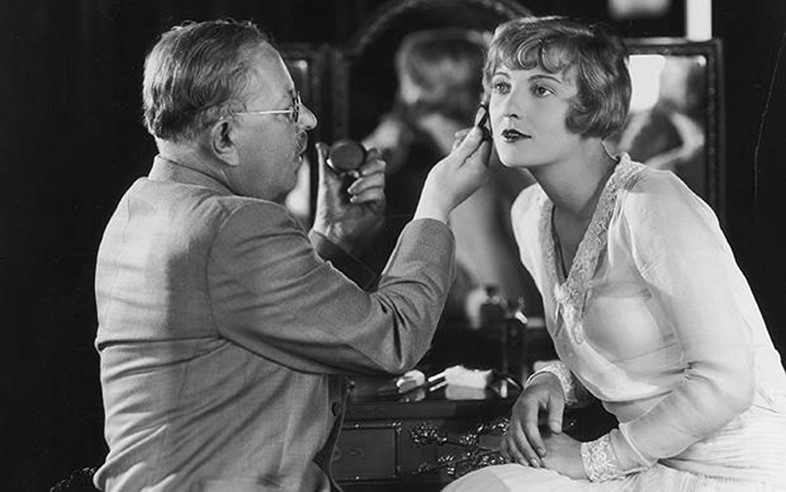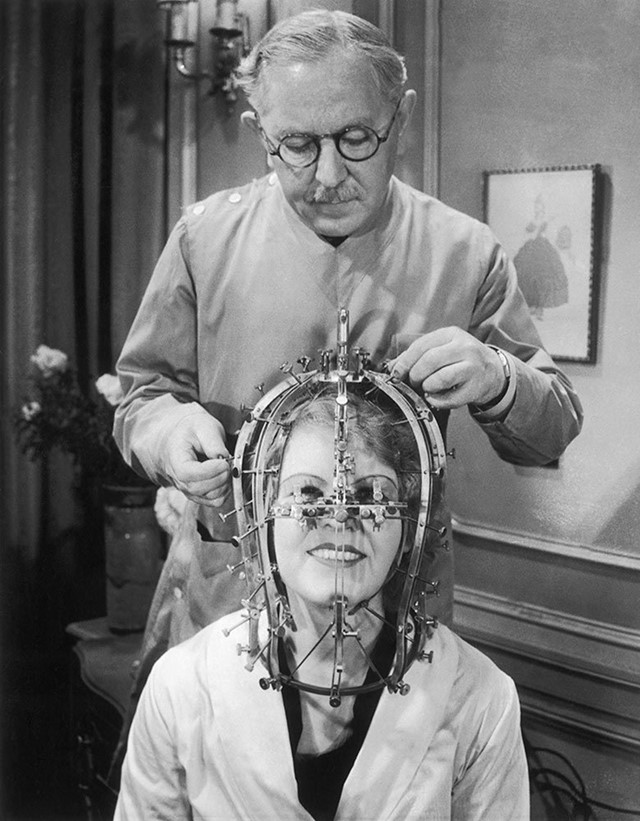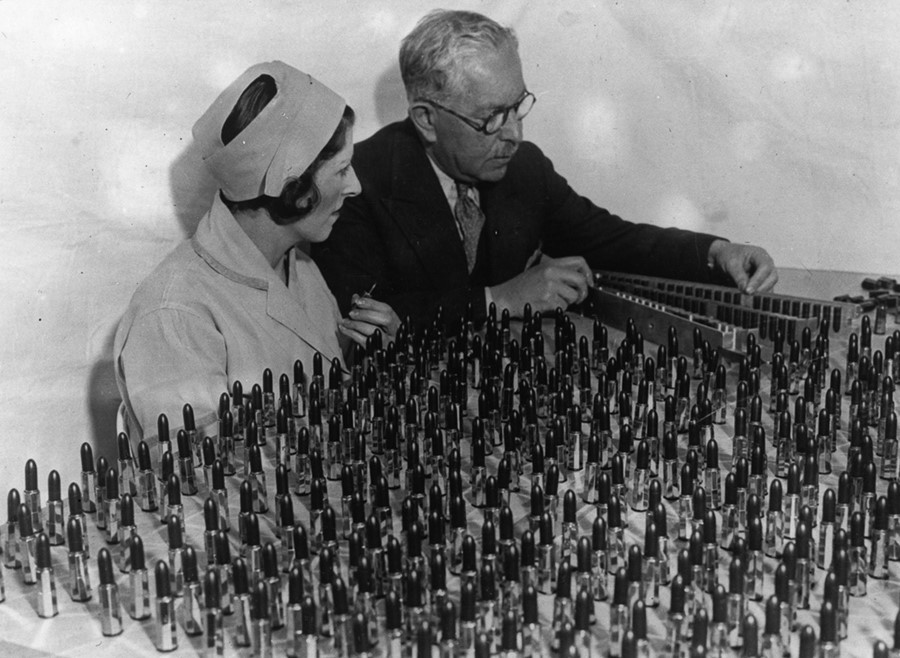“You are not born glamorous, glamour is created.” On the anniversary of his death, we consider the cosmetician who democratised beauty, moving it from the big screen and into the everyday
Who? When a brand becomes inextricably woven into the fabric of popular consciousness, it’s easy to forget its humble beginnings – and this is never more true than in the case of Maksymilian Faktorowicz, the Jewish-Polish cosmetician otherwise known as Max Factor, who first introduced movie-grade makeup to the masses. Faktorowicz was born on September 15th 1872 in Congress Poland, one of ten children in a family so poor that he had scarcely reached the age of seven before he started selling oranges and peanuts in the lobby of his local cinema – an experience he would later credit as his first introduction to "the world of make-believe". At the age of eight he was set to work assisting a pharmacist, and the following year he was transferred to a local wigmaker and cosmetician in the city of Łódź, where he was trained in hairstyling and cosmetics – a foundation which, some years later, saw him open a store of his own in Razan, Russia, where he set about developing his own creams, fragrances, and wigs. His real break came when a travelling theatre group wore his products to perform for the Russian nobility, however; he was swiftly appointed the official cosmetics expert for the royal family and its Imperial Russian Grand Opera – a tremendously prestigious position.

The cosmetician's new role among the upper echelons of the Russian aristocracy, not to mention the continued training this afforded him, soon saw Factor upping his ambitions, and in 1904, troubled by anti-Jewish persecution in Russia, he moved his wife and children to America. Soon afterwards he saw his first motion picture, and was fascinated and horrified in equal parts by the heavy greasepaint worn by its actors, which would crack and flake under the stress of facial expressions. “Some were using stage makeup, while others wore concoctions they had made themselves: odd mixtures of Vaseline and flour, lard and cornstarch, or cold cream and paprika,” Fred E. Basten writes his biography, Max Factor: The Man Who Changed the Faces of the World. “The more adventurous had even tried ground brick dust mixed with Vaseline or lard to get a flesh-coloured look.” Faktorowicz had settled upon his mission. He began working on an innovative new greasepaint applied in the form of a cream, rather than a stick – one which was flexible enough to move with the facial features, and which he created in 12 different shades. It was trialled by the great silent film actors of the day – Charlie Chaplin among them – and met with enthusiastic approval. Faktorowicz changed his name, and Max Factor was born.

What? Part of Factor’s enviable skill lay in his ability to customise products to the actors who wore them, and throughout the business’ early years he insisted on applying stars’ makeup personally, building a regular client list at his Hollywood Boulevard beauty salon which included names from Jean Harlow and Bette Davis to Joan Crawford and Judy Garland in the process. He even made the occasional on-screen cameo, and scored an Oscar for his impressive work.
The successful evolution of stage makeup was only the beginning of Factor’s coming success, however; having pioneered a new age of theatrical cosmetics, his objective became to make them available to the masses. In 1916 he began selling eye shadow and eyebrow pencils to the public – the first time such products had ever been accessible outside of the film industry, and popularised the term ‘makeup’, which had previously only been used by those in cinema. Among his other achievements were the first ever mascara wand, and the first foundation, developing an innovative ‘Colour Harmony’ technology which allowed the wearer to choose her shade based on her skin tone and colouring. By the early 1920s, Factor was on a path to spreading the message that, given the right tools, anybody could achieve movie-star glamour. “All my attention went to their [the customers'] individual needs by showing them how to enhance their good points and conceal the less good,” he once wrote. By the time he died in 1938, he had sparked the creation of the cosmetics industry as we know it today, proving that the democratisation of beauty was as admirable a feat as it was a commercially viable one.

Why? Nowadays, ideas about beauty are so ingrained in popular culture that it’s difficult to imagine a time when they were available only to its upper echelons – or to imagine the monumental impact of its democratisation for the masses. Factor’s legacy is correspondingly colossal, not least in the multi-billion dollar company which continues to bear his name, and the anniversary of his death, some 78 years ago, provides the ideal opportunity to celebrate both the man himself, and his colossal achievements.
